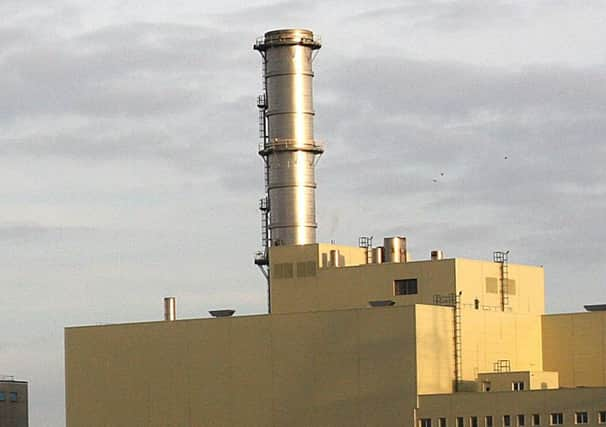Coolkeeragh is key to security and fears over supply have been exaggerated: energy expert


Dr. Patrick Keatley, an Ulster University academic specialising in energy storage, made the observation after AES announced it would close two coal fired generators at Kilroot in May.
The US-owned firm opted for the shutdown after bids to sell electricity capacity to the grid from the two units failed in a recent Single Energy Market (SEM) competitve auction.
Advertisement
Hide AdAdvertisement
Hide AdThis sparked fears the North’s energy security could be at risk. SONI, which operates the NIE-owned transmission network, has already warned it may not be able to “keep the lights on” beyond 2021 without a large capacity connection with the South.
Dr. Keatley, however, speaking to the Northern Ireland Affairs Committee (NIAC) was more sanguine, stating: “We have system security in Northern Ireland.”
He pointed out that this energy security is not dependant on AES’s Kilroot coal units and that the company’s other generators in the North, combined with ESB’s gas-fired plant at Coolkeeragh, alongside the latter’s renewable generators, guaranteed supply.
“There is AES Ballylumford and there is Coolkeeragh so we have three power stations and there are the remaining generators at Kilroot, which did succeed in the capacity auction,” said Dr. Keatley. “So that, and the renewable generation, wind generation, we have as well.”
Advertisement
Hide AdAdvertisement
Hide AdAsked by DUP MP and NIAC member Ian Paisley if warnings over our energy security have been overstated, he said: “My best guess analysis is overall we probably have enough capacity.”
Notwithstanding his relative optimism regarding our short-term energy supply, Dr. Keatley did warn that normal consumers will face higher prices in future if more and more companies and private citizens opt to develop their own off-grid energy solutions.
“Those that can afford to buy them [generators, energy storage] will buy them and the cost to the grid and the remaining part of the system, which is largely fixed, will be spread among a smaller pool of consumers, and the people who can’t afford to have their own distributive smart technologies will be left to pick up the cost of the remaining infrastructure,” he predicted.